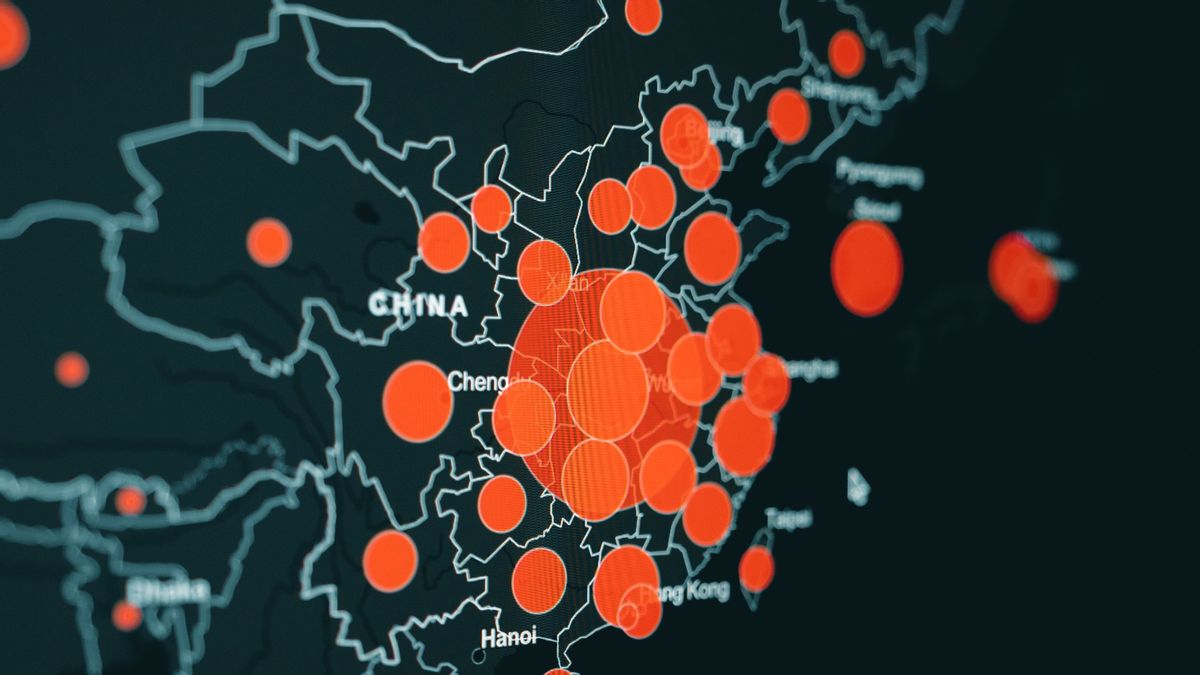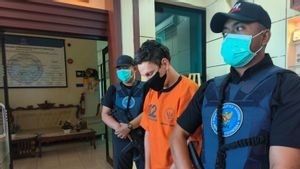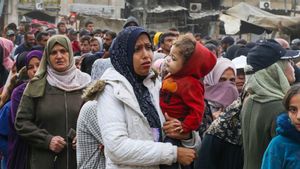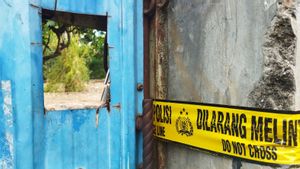JAKARTA - Hong Kong and Japan as countries with high population densities have very different ways of dealing with the spread of COVID-19. Launching from CNN, the differences can be seen starting from surveillance at the airport as an entry point for the spread of the virus, to the attitudes of the public and the government.
Monitoring at the Airport
Hong Kong: After disembarking the plane, passengers are immediately taken to the quarantine area to pass several health and safety checks. The tests carried out were body temperature, filling out forms to ensure they had never traveled to China, Italy, North Korea, to other areas affected by the corona virus.
Since Thursday, March 19, newcomers were even given electronic wristbands and had to quarantine for 2 weeks. The bracelet alarm will sound when they leave their home or hotel.
Even though Hong Kong is directly adjacent to China, the number of cases in this densely populated city is still low, with 256 positive cases and 4 deaths. Despite a significant increase in cases, the majority of cases have come from international travelers who have recently arrived from countries affected by the virus.
Japan: Narita airport activities are running as usual, checking passengers even seems to be carried out hastily by 10 quarantine officers. There are passengers who have not been inspected.
Checking body temperature is done through a thermal scanner camera, so it is less effective to apply, especially at night, where passengers wear thick jackets because now Japan is experiencing spring.
Quarantine officials also provide forms in English asking the holder to stay at home for 14 days, check body temperature every day, and avoid public transportation.
There are several requests that are non-binding. Migrants are given several protocols, but there are no specific restrictions so that they can still travel freely.
Attitudes of society and government
Hong Kong: The majority of Hong Kong residents wear masks when doing activities outside the home. The Hong Kong government has also closed schools, public libraries and museums, and told people to work from home since February, as soon as there were several positive cases of COVID-19.
For Hong Kong, this clearly proves that they have learned a lot from the SARS pandemic in 2003, in which 300 Hong Kongers died. Hong Kong is clearly on alert and doesn't want to take risks.
Japan: In Tokyo, some schools have closed, some gatherings have been canceled, most bars and restaurants are still open, many people are still using public transportation, and parents still invite their children to play outside, usually without masks. There are no signs of panic buying, judging by the large availability of toilet paper on supermarket shelves.
Other countries have now declared a state of emergency and implemented lockdown policies, but Prime Minister Shinzo Abe said the situation in Japan did not require a state of emergency.
According to him, Japan has not implemented a lockdown because there are still few cases compared to other countries. Until this news was written, the total positive cases of COVID-19 in Japan had reached 965 cases and 40 died.
Prevention measures were carried out by testing 14,525 people, some of which were even tested several times. In addition, as reported by The Guardian, Japanese doctors are currently developing the use of the flu drug Avigan, which has been given to 70 COVID-19 patients.
The Japanese government is now planning to increase the test capacity to 8 thousand people per day starting at the end of March. The results of the mass test will later become a benchmark to prove Japan is worthy of being an example of a country that is calm and successful in dealing with COVID-19, or vice versa.
The English, Chinese, Japanese, Arabic, and French versions are automatically generated by the AI. So there may still be inaccuracies in translating, please always see Indonesian as our main language. (system supported by DigitalSiber.id)













